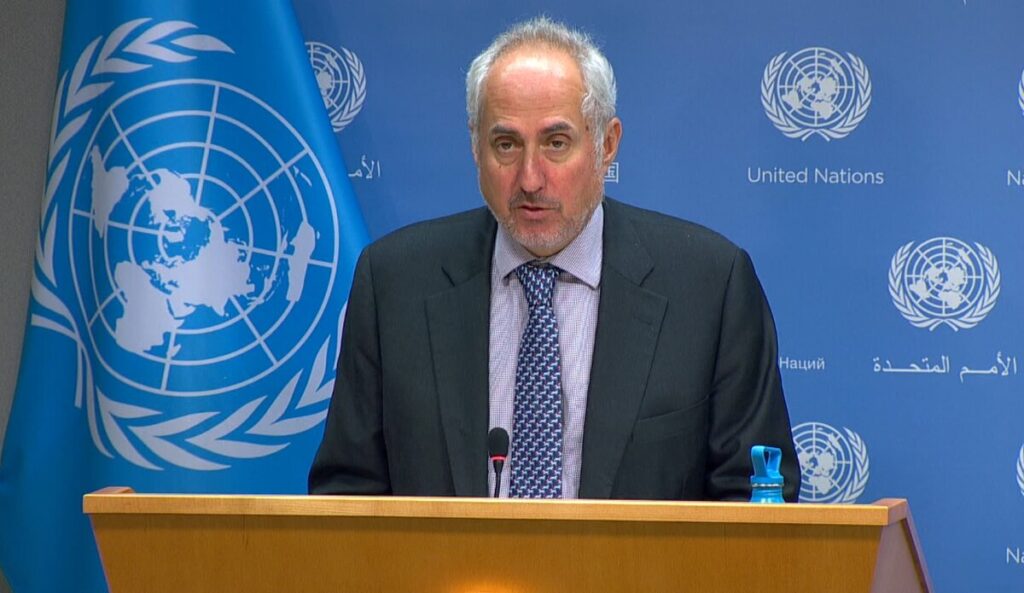
Sudan’s civil war, raging since April 2023, has unleashed not only political chaos but also an economic collapse of staggering proportions.
More than 14 million people have been displaced, and over half the population now faces food insecurity amid the destruction of vital infrastructure.
A recent study by IFPRI forecasts the country’s GDP could shrink by 42% from pre-war levels if the conflict continues through 2025. The war has already wiped out over $26 billion from the economy, gutted the industrial sector by half, and cost 4.6 million jobs.
Poverty has deepened, with 7.5 million more people at risk—rural communities and women suffering most as incomes plummet nationwide. The agrifood system, once a lifeline for rural households, has lost a third of its value, raising alarms about potential famine.
Two scenarios were modelled: one predicts a sharp collapse followed by gradual decline, the other a slower but prolonged economic freefall.
Both project devastating impacts across sectors—manufacturing, agriculture, services—leaving the country producing less than 60% of its pre-war output. The study, using a social accounting matrix multiplier model, does not account for losses in the informal economy, suggesting the reality could be worse.
Even as war continues, experts urge stabilising livelihoods: protect farming, restore local markets, and shield the most vulnerable through aid. Long-term recovery will demand massive investment in infrastructure, institutions, and reintegration of millions of displaced Sudanese citizens.
Without peace, recovery remains out of reach. The longer the conflict endures, the greater the economic ruin and human suffering. Sudan’s war is not just a fight for power—it is an unfolding economic catastrophe with generational consequences.




